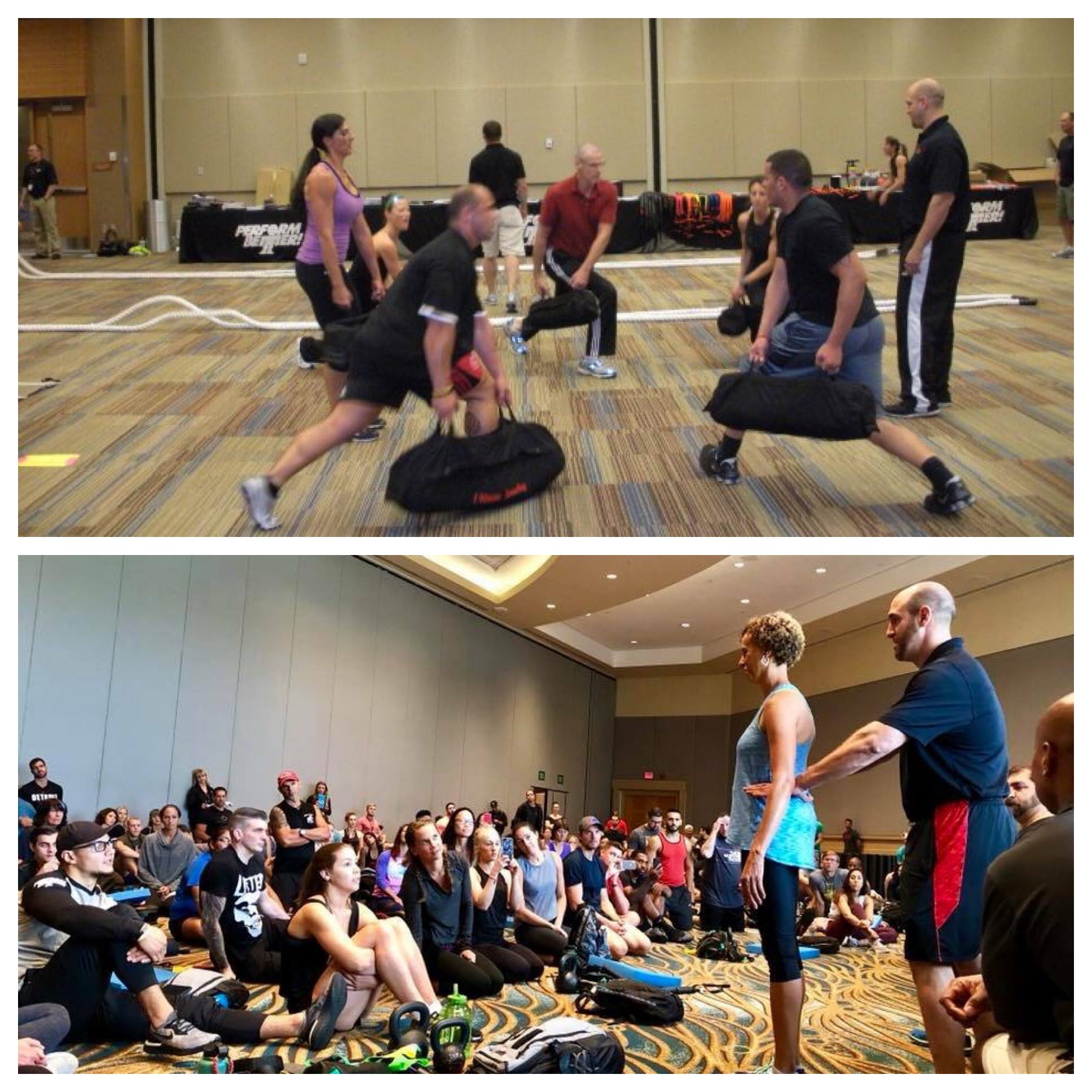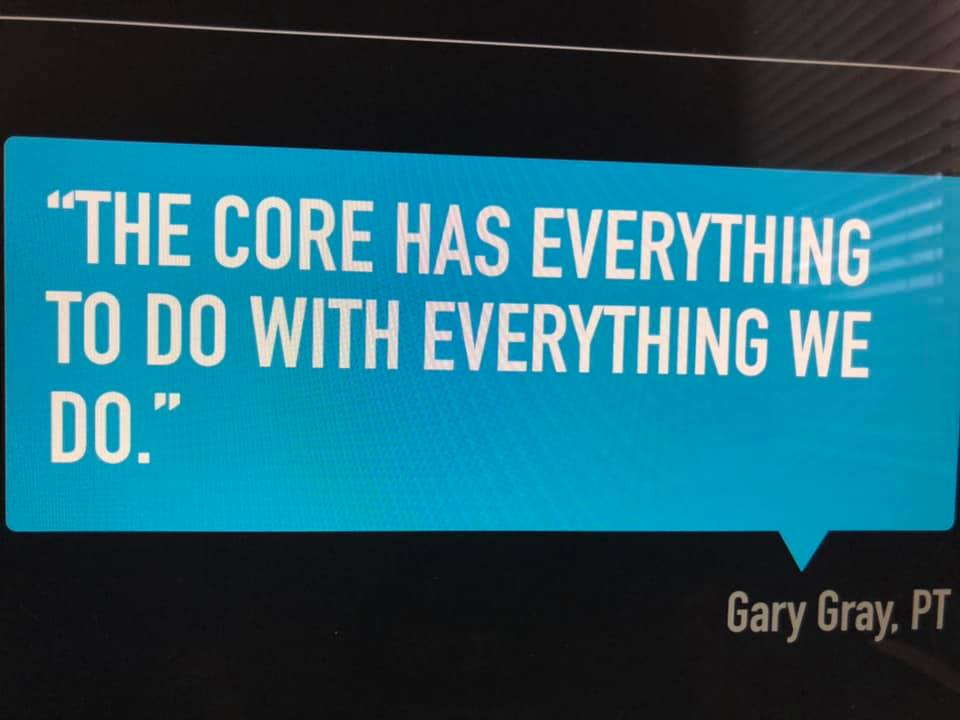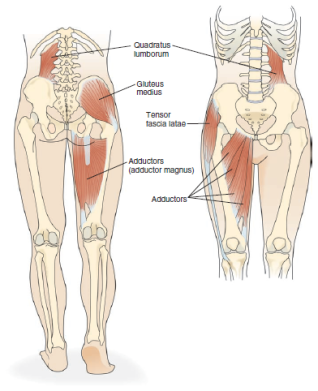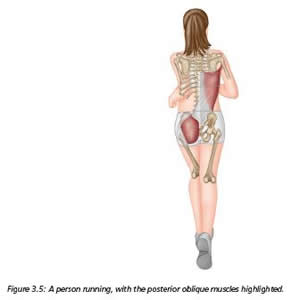Craziest & Smartest Plank
2019-01-18
It is always fun when someone discovers us for the first time. Even though we have been around for 17 years, we are know we are bound to be new to someone. Why is that important though? Because “sandbag training” wasn’t even something people were searching for 17 years ago (literally no one was looking for it), we didn’t have a clear path of how we wanted to demonstrate that DVRT could be a solution for so many different goals. Of course we got better at teaching and the system of DVRT and the Ultimate Sandbag itself got better and better. Part of that drive is wanting to show people that this tool that people often will devalue today is SO MUCH more powerful than they realize if they use it with the right intent!

Since I started DVRT in 2005, people have always thought we were a bit crazy. Mostly because we weren’t saying what everyone else does. We wanted to think about the body and not what has always been done. The result has been going from being the crazy “sandbag people” to highly sought after for national and international conferences.
Jessica often gives me a hard time about being stubborn and wanting to “win”. Maybe it is a guy thing, but I never think about “winning” (sorry Charlie Sheen), but wanting to give what I think is the BEST thing for people. The only people I want to win are those that I have a wonderful opportunity to have their trust to help. It makes me think of this famous Ghandi quote…

This applies to so many aspects of how we train and one of the simplest is the idea of the plank. Something that seems to familiar, but we think there is far more for people to think about with the plank.
For one, the goal of the plank is not to plank! Studies have shown that exercises such as squats and overhead presses can train the core just as well if not better than the plank (why we place such an emphasis of front loaded squats and great pressing drills). So, why plank then?
The real goal of the plank is to teach how to what renowned spine expert, Dr. Stuart McGill, calls “bracing”. That is a specific type of tightness we create through the whole body by connecting all the chains of the body at once! The reality is that core isn’t just abs, or even low back muscles. The core as famous physical therapist, Gary Gray, says, “everything from the toes to the nose!” So, really core training is about connecting the body and the base level to do that is through the plank.

How do we create this brace? During the plank it means using the hands and feet to create tension from the ground up like DVRT Master, Sean Lettero, demonstrates.
As great as this is for foundational core strength, the BIGGER plank that I want to discuss is the side plank. It is the side plank that Dr. McGill puts into his “Big 3” core stability exercises. That is because the side to side strength that the side plank builds helps us make complex movements seem simple and plays a major role in stabilizing our body in every day actions like walking, running, jumping, and more athletic based actions.
A 2018 study by Raabe et. al found core weakness to be a major issue to low back pain to those that run, ” insufficient strength of the deep core musculature may increase a runner’s risk of developing low back pain.” That means building this core strength through the side plank has great carryover to a foundation to every day strength. That’s where we have to understand that the side plank isn’t just about the obliques or abs.

You can see how these core muscles in the trunk and the lower body work together, but that’s not all. As you can see by the diagram below we have connections of the lats, core, and glutes as well as the front side of the obliques and adductors. My point is how do we connect all these muscles in the side plank?


When we side plank, we normally only connect a fraction of these chains. So, how do we set the foundation and how is what we do in DVRT unique? Check out the video below!
This foundation by DVRT Master, Cory Cripe, shows that we use the load of the Ultimate Sandbag to create connection not to just challenge the body. This leads to further progressions of challenging these chains through these side plank variations.
https://www.instagram.com/p/BrqqVKXB5Ay/
The goal of training the core though is not to become experts at the plank of any sort. It is to take these concepts to more dynamic movements. Our best example is how the shoulder position of the Ultimate Sandbag turns all our drills into a dynamic side plank.
Such DVRT drills just open up the playbook for how we build the lateral stability of the body that makes us perform better and more injury resilient. A great example is our Arc Presses that force the core to resist movement from side to side the stress of the Ultimate Sandbag, doing this from a lunge or half kneeling position really builds up that frontal plane strength like the side plank.
Eventually getting to really dynamic side plank type of movements like our MAX lunge, lateral movements, and we can go to the next level like DVRT UK Master, Greg Perlaki shows with this advanced Ultimate Sandbag drills.
This week we have $100 off Physical Therapist, Jessica Bento’s DVRT Rx Shoulders, Knees, & Pelvic Control Course bundle HERE (no coupon needed). Don’t miss 25% on our Ultimate Sandbags, Online Certifications, & Workout programs with code “fall25” HERE
View this post on Instagram
© 2025 Ultimate Sandbag Training. Site by Jennifer Web Design.







